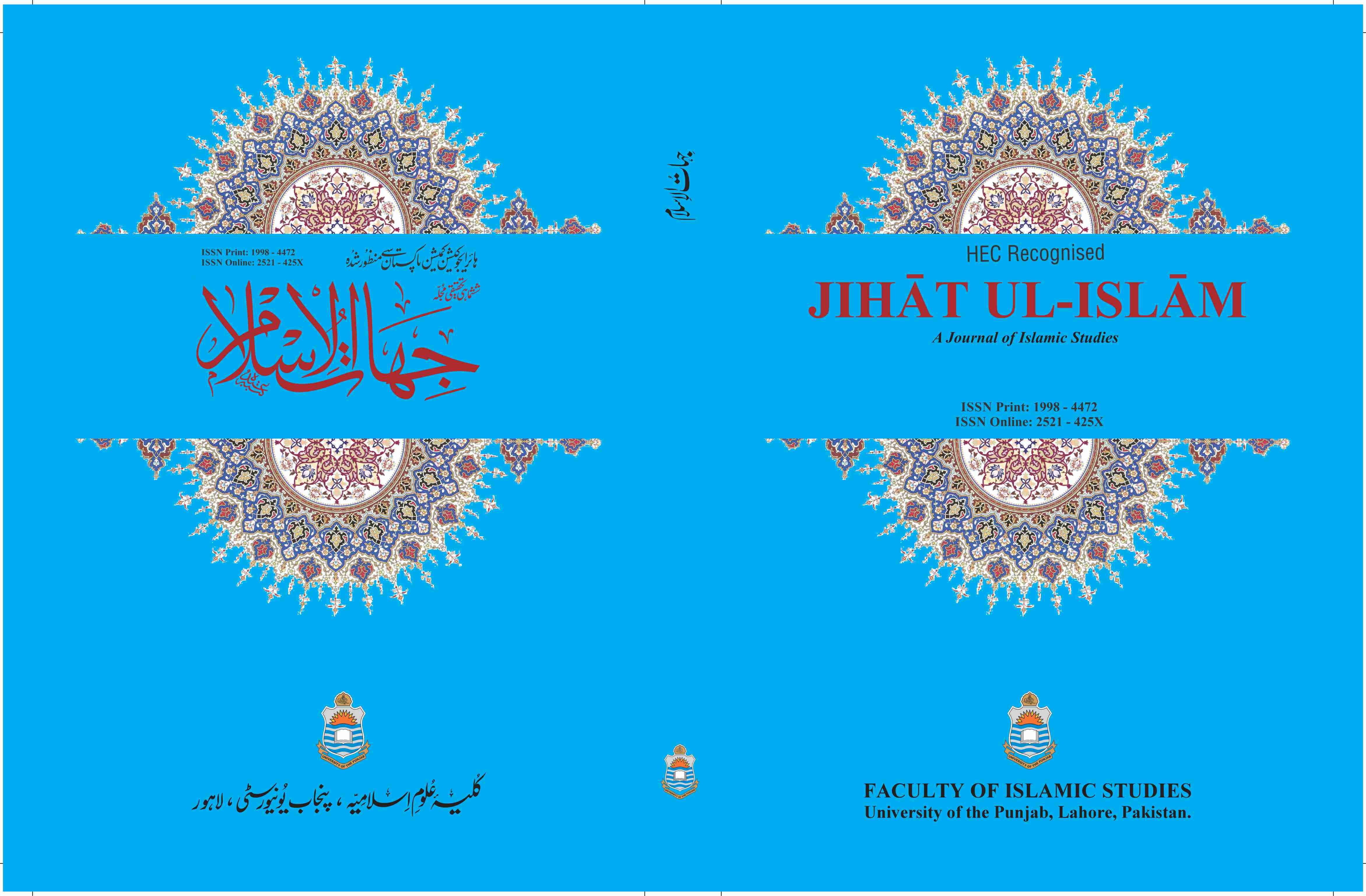Ibn ‘Arabī’s Doctrine of Sainthood: A Paradigm of Integration in Multi-faith and Multicultural Societies
Keywords:
Identity, Diversity, Cultural differences, Integration, Reality, Essence, SainthoodAbstract
The children of father Adam and mother Eve have a diverse relation with each other but need to know about the reality of this relationship as a single great family. According to monotheist religion’s belief that the creator of Adam and Eve is ONE GOD. These children have divided in different groups and some of them become the followers of different religions.
The question arises in regard of above argument that how one can grasp such Reality and which type of comparative study of religion is required to grasp this? In answering this question, the present study analyzes the Ibn ‘Arabī’s Doctrine of Sainthood. The study is focused on his unique philosophy of unification of Prophethood significantly, its understandability and acceptability in integration of society, whether society is isolated in single culture or multicultural with multi-faith aspects. The cultural differences are addressed through the Universal perspective of Ibn Arabī’s based upon human unity which can act an significant role in understanding a family structure with its integration in faith, values and education. Moreover, his spiritual sensibility can also approach rational investigation that integrates the different universal cosmological and Cosmogonical studies. Moreover, if the human body is a structure then what is the essence of this structure and why it is important to know about this essence for social integration? The objective of the study is to introduce Ibn ‘Arabī’s doctrine of saint hood as a paradigm of integration in Multifaith and multicultural societies and by bringing alive the universal relevance of his ideas in the world today. This study is analytical and interpretative in nature and based upon deductive methodology.







